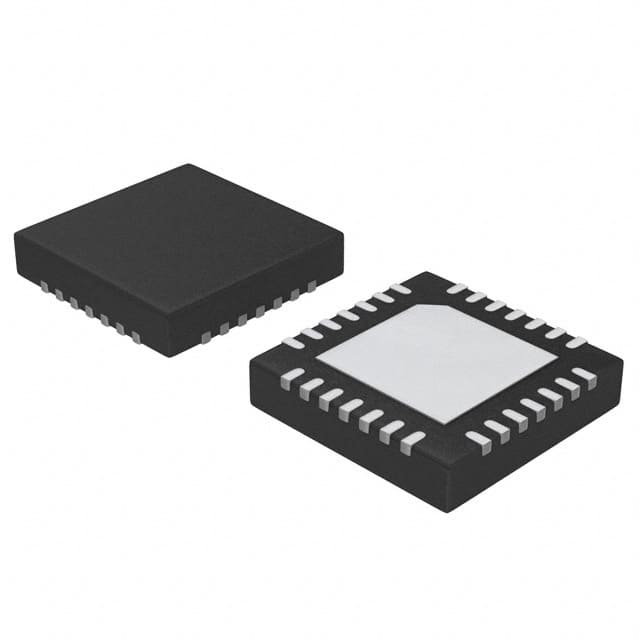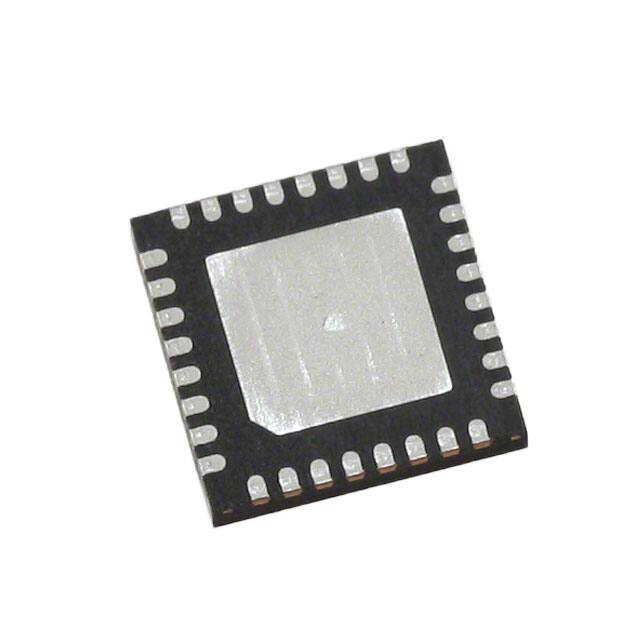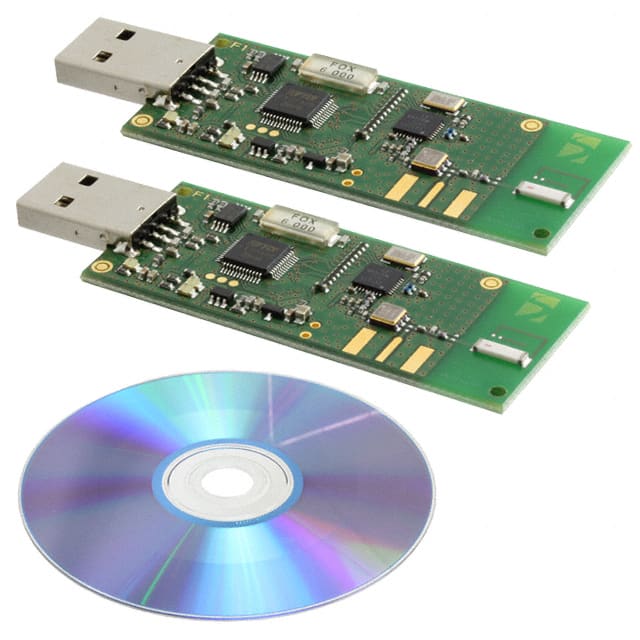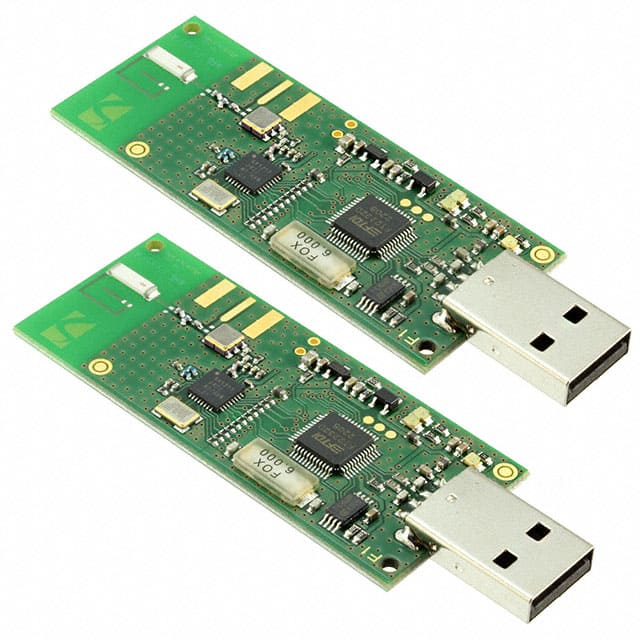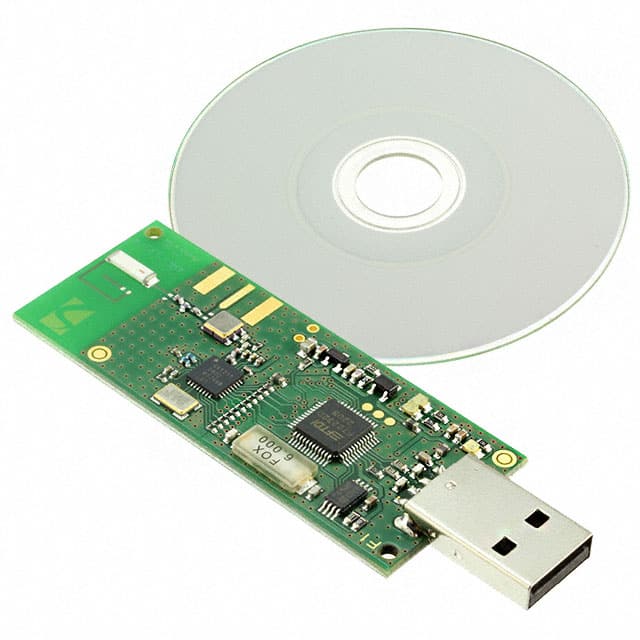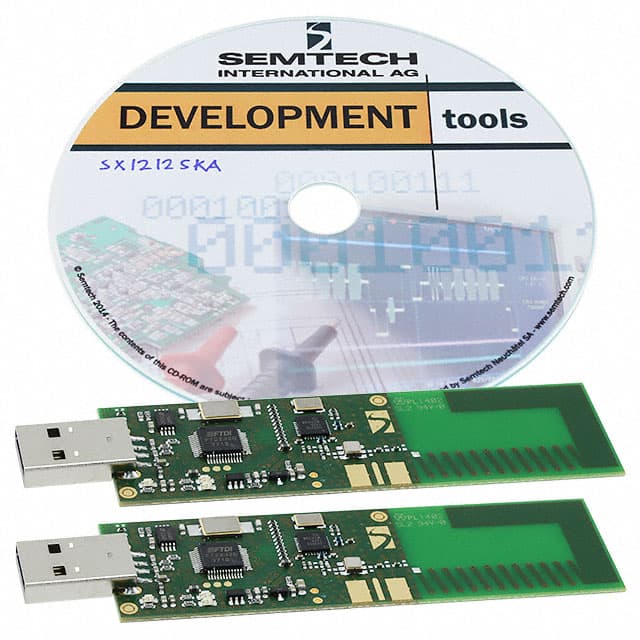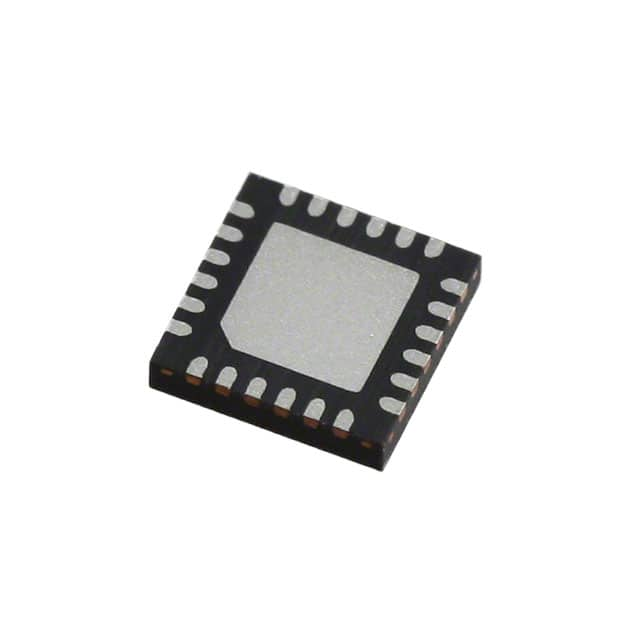SX1276IMLTRT
IC RF TXRX 802.15.4 28VQFN
型号
SX1276IMLTRT
制造商/品牌
系列
-
零件状态
Active
包装
Tape & Reel (TR)
频率
137MHz ~ 1.02GHz
工作温度
-40°C ~ 85°C
封装/箱体
28-VQFN Exposed Pad
类型
TxRx Only
敏感度
-148dBm
电压 - 电源
1.8 V ~ 3.7 V
功率 - 输出
20dBm
内存大小
-
串行接口
SPI
数据速率(最大)
300kbps
协议
LoRa™
当前 - 接收
10.8mA ~ 12mA
射频系列/标准
802.15.4
调制
FSK, GFSK, GMSK, MSK, OOK
通用输入输出
6
电流 - 传输
20mA ~ 120mA
请求报价
请填写所有必填字段并点击“提交”,我们将在12小时内通过电子邮件与您联系。如果您有任何问题,请留言或发送电子邮件至 1943626632@qq.com,我们将尽快回复。
有货 49476 PCS
联系信息
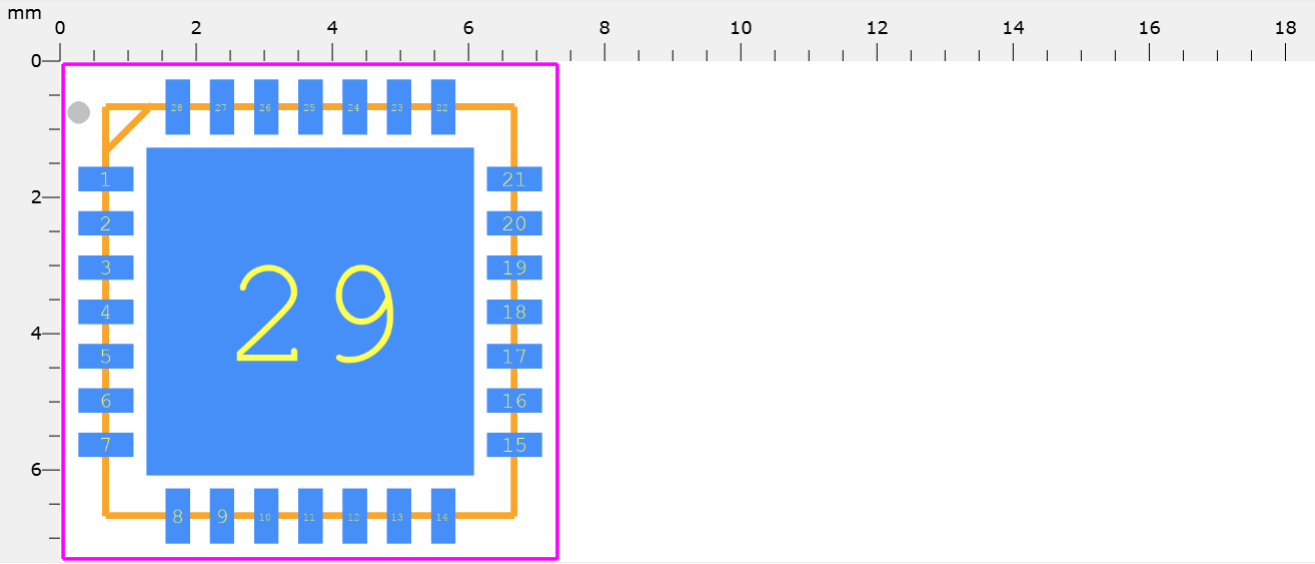
more_pkgimg
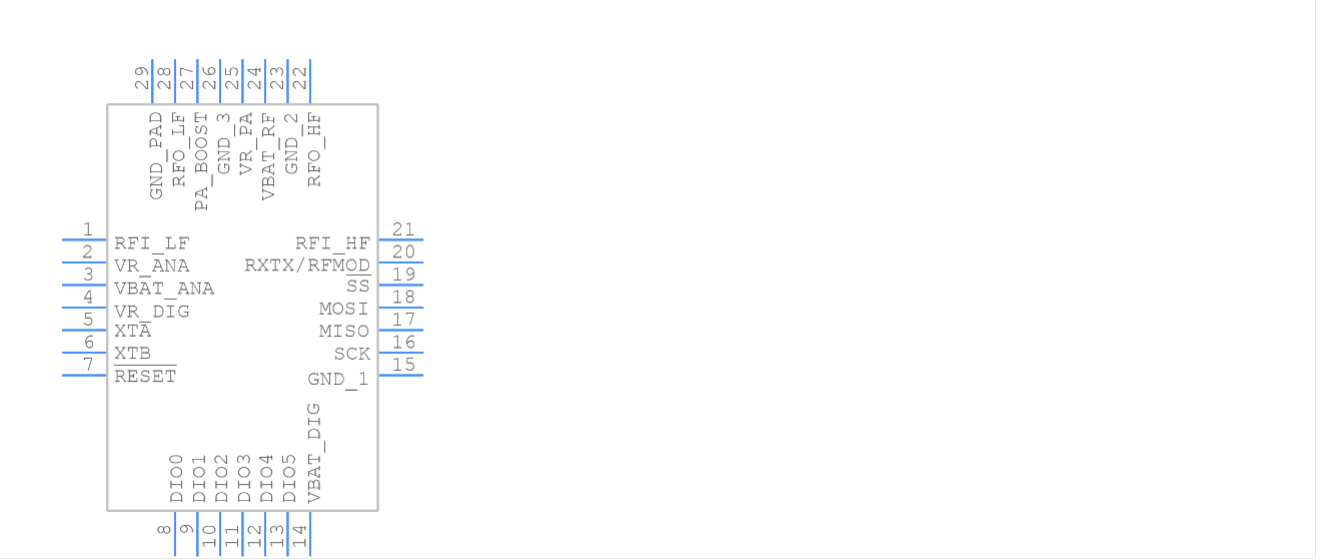
more_schimg
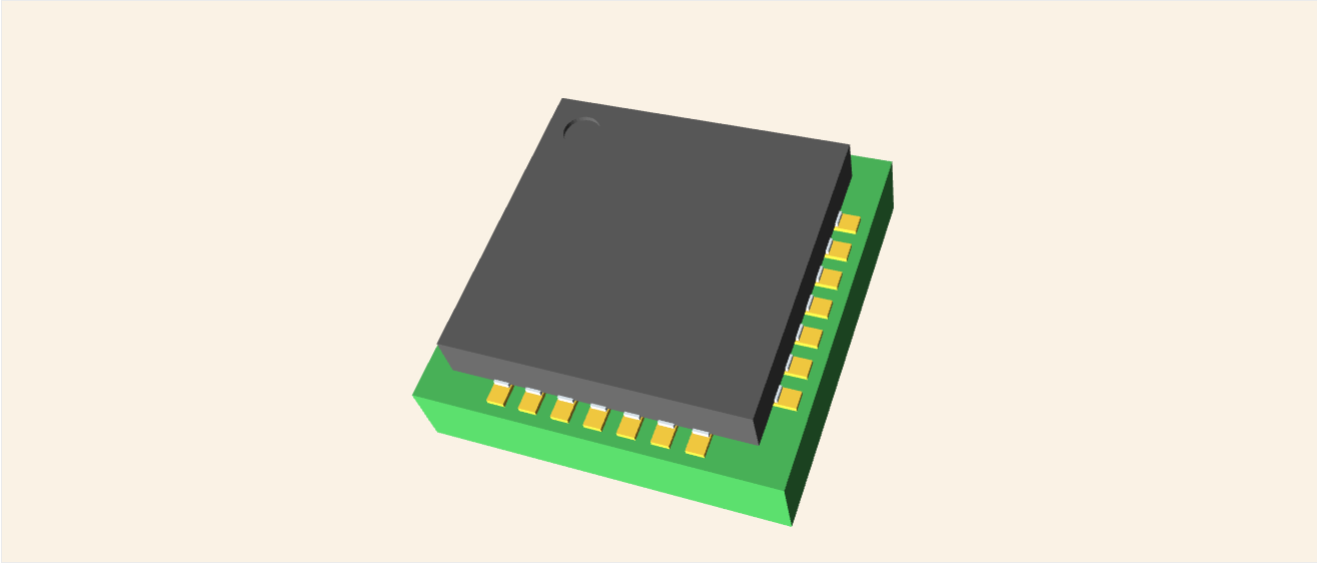
more_3dimg
more_spec
About Semtech Corporation
Semtech Corporation is an American technology company that specializes in the design and manufacture of high-performance analog and mixed-signal semiconductors. The company was founded in 1960 and is headquartered in Camarillo, California. Semtech provides a wide range of products including data converters, power management solutions, high-frequency products, and other analog and mixed-signal components for a variety of applications, including wireless communications, automotive, industrial, and consumer electronics.
Semtech is known for its expertise in analog and mixed-signal technology and its ability to provide innovative and high-performance products. The company has a strong focus on research and development and is actively involved in the development of new technologies and solutions for the semiconductor industry. Semtech's products are widely used in a variety of applications and help support the growth of the electronics industry.
In recent years, Semtech has expanded its product portfolio and offerings to include solutions for the Internet of Things (IoT) and wireless sensing markets. The company is committed to helping its customers design, develop, and deploy innovative products that meet the changing needs of the electronics industry.
*This information is for general informational purposes only, we will not be liable for any loss or damage caused by the above information.
Semtech Corporation is an American technology company that specializes in the design and manufacture of high-performance analog and mixed-signal semiconductors. The company was founded in 1960 and is headquartered in Camarillo, California. Semtech provides a wide range of products including data converters, power management solutions, high-frequency products, and other analog and mixed-signal components for a variety of applications, including wireless communications, automotive, industrial, and consumer electronics.
Semtech is known for its expertise in analog and mixed-signal technology and its ability to provide innovative and high-performance products. The company has a strong focus on research and development and is actively involved in the development of new technologies and solutions for the semiconductor industry. Semtech's products are widely used in a variety of applications and help support the growth of the electronics industry.
In recent years, Semtech has expanded its product portfolio and offerings to include solutions for the Internet of Things (IoT) and wireless sensing markets. The company is committed to helping its customers design, develop, and deploy innovative products that meet the changing needs of the electronics industry.
*This information is for general informational purposes only, we will not be liable for any loss or damage caused by the above information.
more_desctext
RF Transceiver SINGLE CHIP 3 BANDS TRANCEIVER
Pin Count--------29
Part Category--------Integrated Circuit
Package Category--------Quad Flat No-Lead
Footprint Name--------Quad Flat No-Lead - QFN
Pin Count--------29
Part Category--------Integrated Circuit
Package Category--------Quad Flat No-Lead
Footprint Name--------Quad Flat No-Lead - QFN
download_pdf
more_faq
SX1276IMLTRT Frequently Asked Questions (FAQs)
What is the recommended PCB layout and design considerations for optimal performance of the SX1276?
The SX1276 datasheet provides general guidelines, but for optimal performance, it's recommended to follow a 4-layer PCB stackup with a solid ground plane, keep the RF traces as short as possible, and use a common mode filter to reduce EMI. Additionally, ensure the antenna is properly matched and decoupling capacitors are used to filter the power supply.
How do I optimize the SX1276's transmission power and data rate for my specific application?
The optimal transmission power and data rate depend on the specific application, environment, and regulatory requirements. As a general guideline, start with the maximum allowed transmission power and adjust it based on the link budget calculation. For data rate, consider the trade-off between range, data throughput, and power consumption. Consult the datasheet and application notes for more information.
What are the best practices for implementing frequency hopping and adaptive frequency agility with the SX1276?
To implement frequency hopping, use the SX1276's built-in frequency synthesizer and follow the guidelines in the datasheet. For adaptive frequency agility, use the device's ability to dynamically adjust the transmission frequency based on the channel conditions. Implement a frequency hopping algorithm that takes into account the channel utilization, noise floor, and interference.
How do I ensure the SX1276's crystal oscillator is properly configured and calibrated?
Follow the crystal oscillator configuration guidelines in the datasheet. Ensure the crystal is properly selected and matched to the SX1276's oscillator circuit. Perform calibration using the device's built-in calibration mechanism or an external calibration circuit. Verify the oscillator's frequency stability and accuracy using a frequency counter or spectrum analyzer.
What are the considerations for implementing a low-power design with the SX1276?
To achieve low power consumption, use the SX1276's power-saving modes, such as sleep mode and standby mode. Optimize the transmission power and data rate for the specific application. Use a low-power microcontroller and optimize the system's power management. Consider using a low-power crystal oscillator and optimizing the PCB design for low power consumption.
What is the recommended PCB layout and design considerations for optimal performance of the SX1276?
The SX1276 datasheet provides general guidelines, but for optimal performance, it's recommended to follow a 4-layer PCB stackup with a solid ground plane, keep the RF traces as short as possible, and use a common mode filter to reduce EMI. Additionally, ensure the antenna is properly matched and decoupling capacitors are used to filter the power supply.
How do I optimize the SX1276's transmission power and data rate for my specific application?
The optimal transmission power and data rate depend on the specific application, environment, and regulatory requirements. As a general guideline, start with the maximum allowed transmission power and adjust it based on the link budget calculation. For data rate, consider the trade-off between range, data throughput, and power consumption. Consult the datasheet and application notes for more information.
What are the best practices for implementing frequency hopping and adaptive frequency agility with the SX1276?
To implement frequency hopping, use the SX1276's built-in frequency synthesizer and follow the guidelines in the datasheet. For adaptive frequency agility, use the device's ability to dynamically adjust the transmission frequency based on the channel conditions. Implement a frequency hopping algorithm that takes into account the channel utilization, noise floor, and interference.
How do I ensure the SX1276's crystal oscillator is properly configured and calibrated?
Follow the crystal oscillator configuration guidelines in the datasheet. Ensure the crystal is properly selected and matched to the SX1276's oscillator circuit. Perform calibration using the device's built-in calibration mechanism or an external calibration circuit. Verify the oscillator's frequency stability and accuracy using a frequency counter or spectrum analyzer.
What are the considerations for implementing a low-power design with the SX1276?
To achieve low power consumption, use the SX1276's power-saving modes, such as sleep mode and standby mode. Optimize the transmission power and data rate for the specific application. Use a low-power microcontroller and optimize the system's power management. Consider using a low-power crystal oscillator and optimizing the PCB design for low power consumption.
关键词 SX1276IMLTRT
SX1276IMLTRT 电子元件
SX1276IMLTRT 销售
SX1276IMLTRT 供应商
SX1276IMLTRT 分销商
SX1276IMLTRT 数据表
SX1276IMLTRT 图片
SX1276IMLTRT 报价
SX1276IMLTRT 提供
SX1276IMLTRT 最低价格
SX1276IMLTRT 搜索
SX1276IMLTRT 购买
SX1276IMLTRT 芯片
×
![]()


